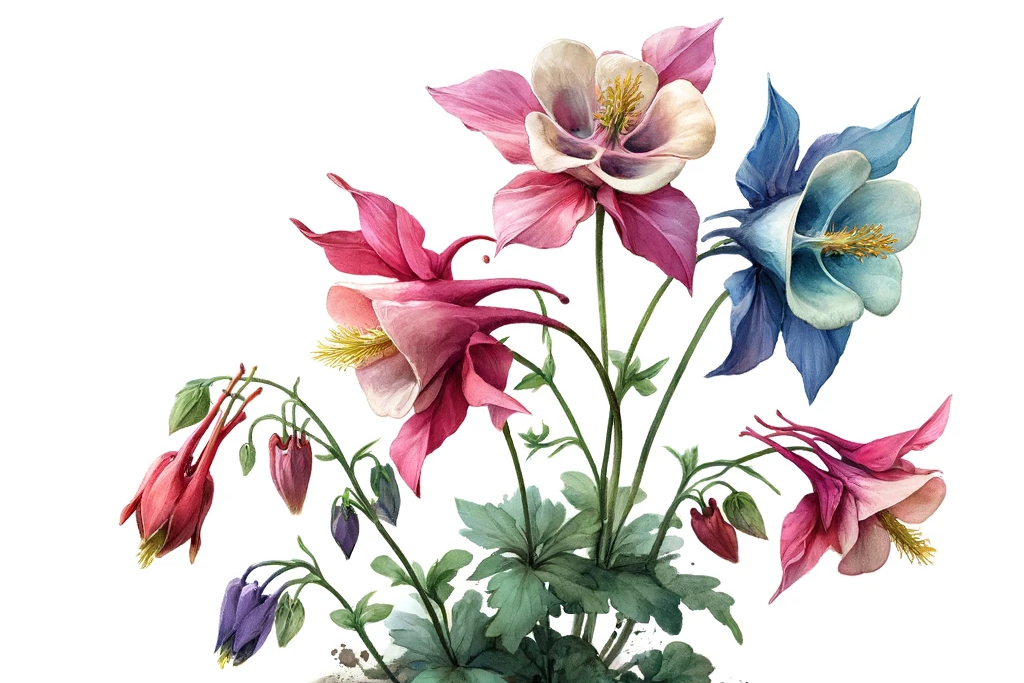Yellow juggler flower

What is the yellow bateleur flower?
The yellow juggler's flower is a perennial plant that can grow up to 50 cm tall. It has yellow flowers that bloom from May to September and green leaves that are pinnate or lobed. The plant grows mainly in damp places such as meadows, streams or ponds.
The yellow bateleur belongs to the buttercup family, a plant family with many poisonous species. The yellow bateleur flower is also poisonous, especially when it is fresh. It contains so-called protoanemonins, which can cause skin irritation and blistering. However, if the plant is dried or cooked, it loses its toxicity and can be used as a medicinal plant.
What are the benefits of yellow bateleur for dogs?
The yellow bateleur flower has a number of positive effects on the health of dogs. It has an antibacterial, anti-inflammatory, analgesic and antispasmodic effect. It can therefore help with various ailments such as wounds, skin problems, gastrointestinal or respiratory diseases.
The yellow juggler's flower can be used as a tea, tincture or ointment. Care should always be taken to use only dried or cooked parts of the plant and to observe the correct dosage. The dosage depends on the size and weight of the dog. As a rule of thumb: one teaspoon of dried plant per cup of water for a 10 kg dog. The tincture should not contain more than 5 drops per day. The ointment can be applied directly to the affected area.
What are the disadvantages of yellow baneberry for dogs?
As already mentioned, the yellow bateleur flower is poisonous to dogs when fresh. If your dog accidentally nibbles or eats the plant, it may show symptoms such as salivation, vomiting, diarrhea, tremors or convulsions. In severe cases, it can even lead to respiratory distress or cardiac arrest.
If you notice such symptoms in your dog, you should see a vet immediately and tell them that your dog may have eaten yellow bateleur flowers. The vet will then take appropriate measures to help your dog.
You should also make sure that you do not overdose or overuse yellow campion. Even if the plant is no longer poisonous in dried or cooked form, it can cause side effects such as stomach irritation or liver damage if the dosage is too high or if it is used for too long.
The yellow juggler's flower is a plant with two faces: it can both heal and harm. If you want to use it for your dog, you should always be well informed and careful.
If you notice any signs of hypersensitivity or poisoning in your dog, you should see your vet immediately. We are not a substitute for a vet, but we try to be as accurate as possible. Every dog reacts differently and we recommend you get a second opinion or consult your vet if in doubt.
Stay healthy and take good care of your four-legged friend!😊
Similar to Yellow juggler flower
Snapdragons belong to the Plantaginaceae family and come in a variety of colors, from soft pastels to bright primary colors. These plants are popular not only for their appearance, but also for their...
Aquilegias (Aquilegia spp.) belong to the buttercup family (Ranunculaceae) and are best known for their showy flowers, which appear in a variety of colors. These perennial plants are common in...
Petunias are among the most popular flowers for summer beds, balcony boxes and hanging baskets. They originate from South America and belong to the nightshade family (Solanaceae), which also...



